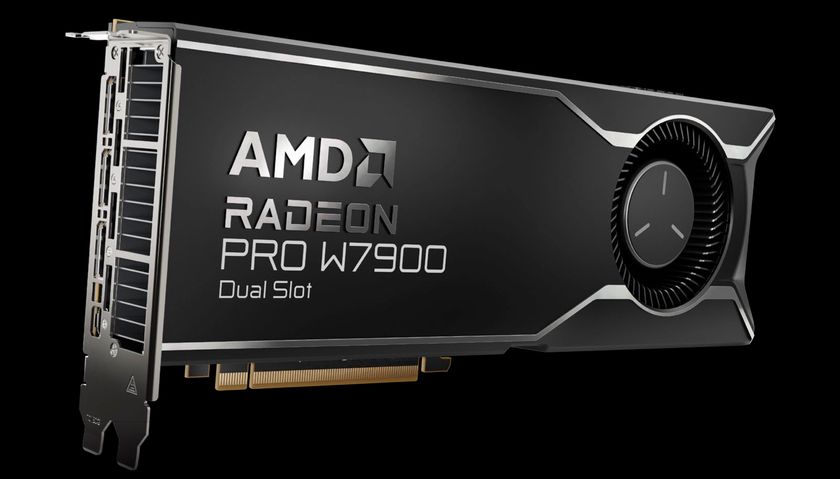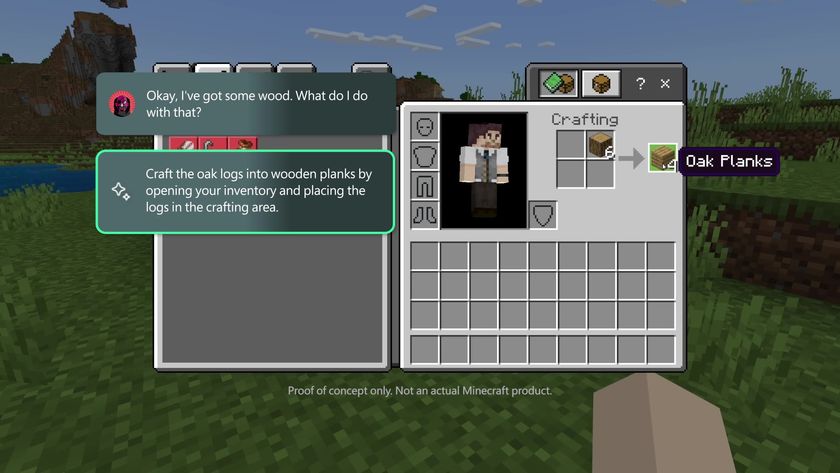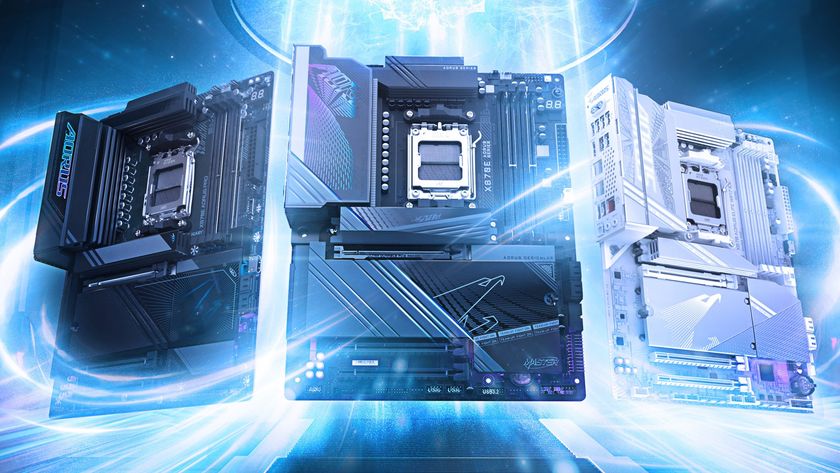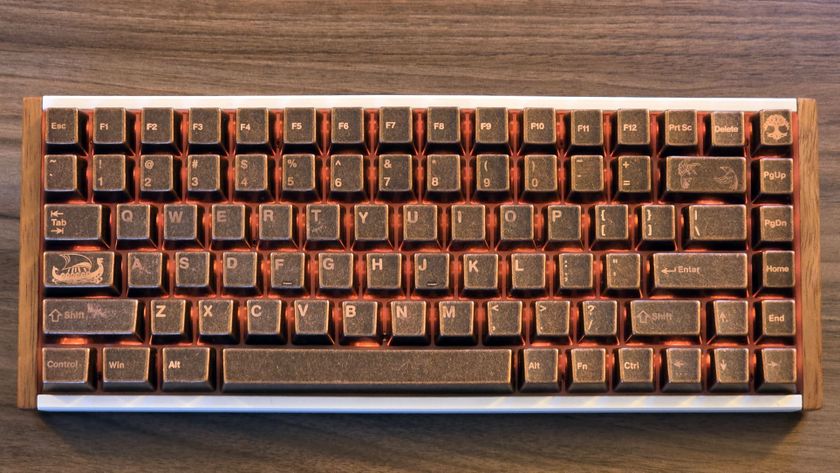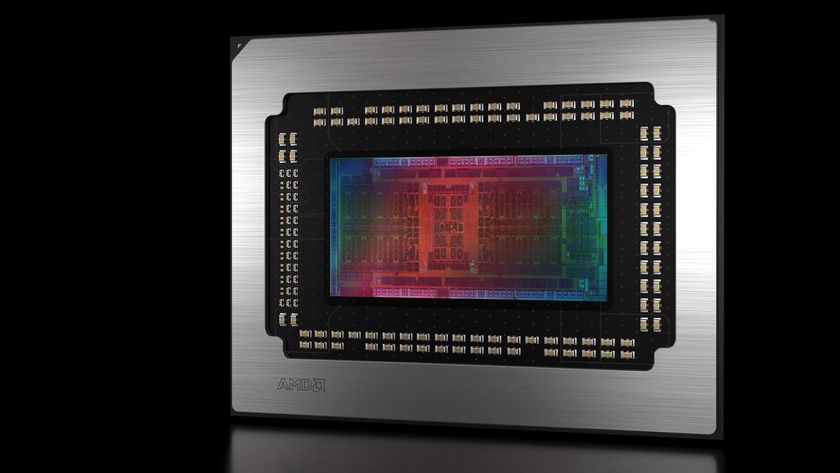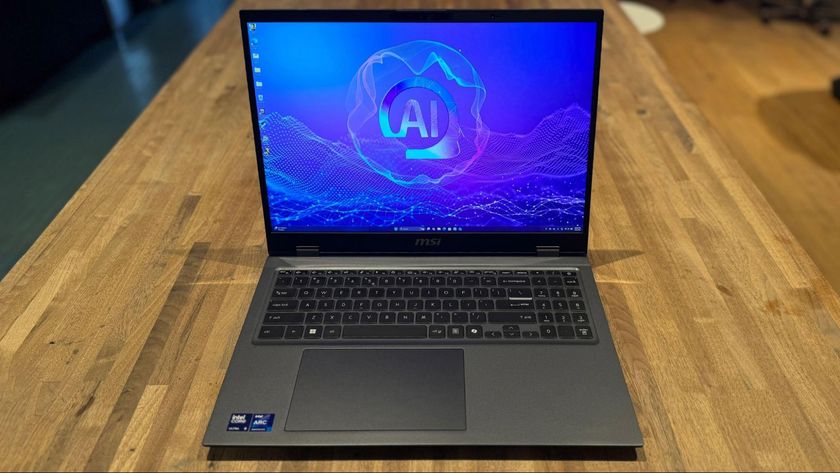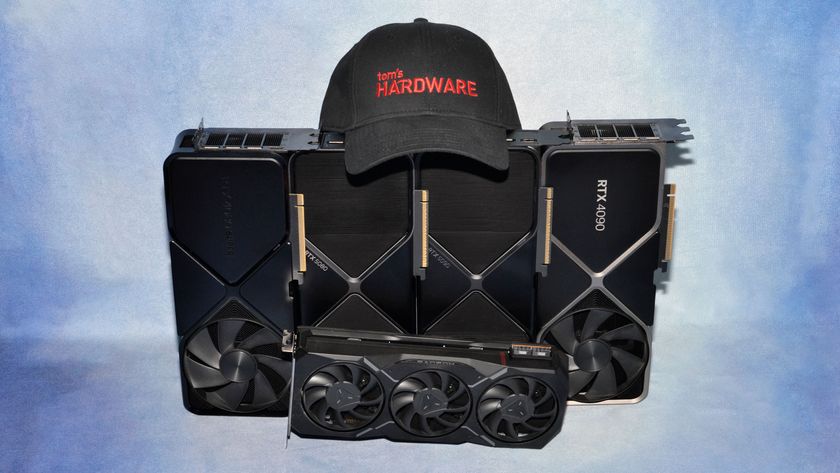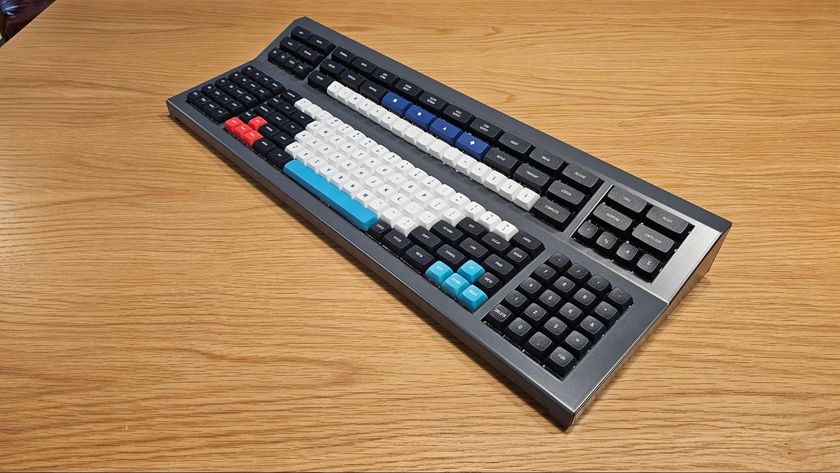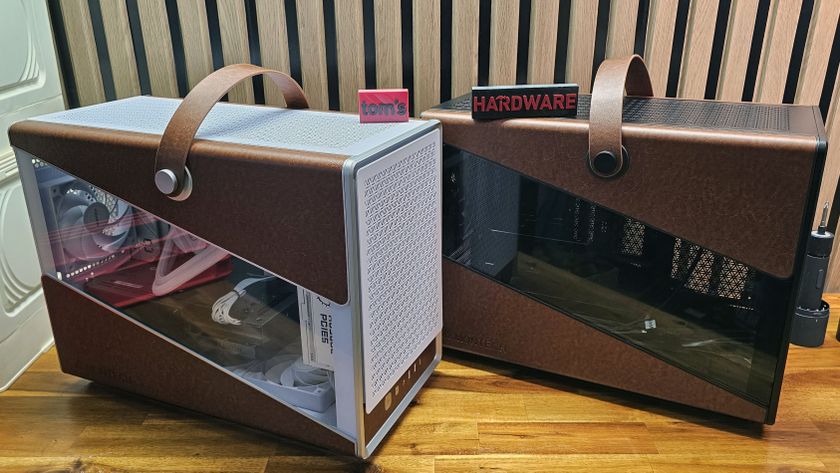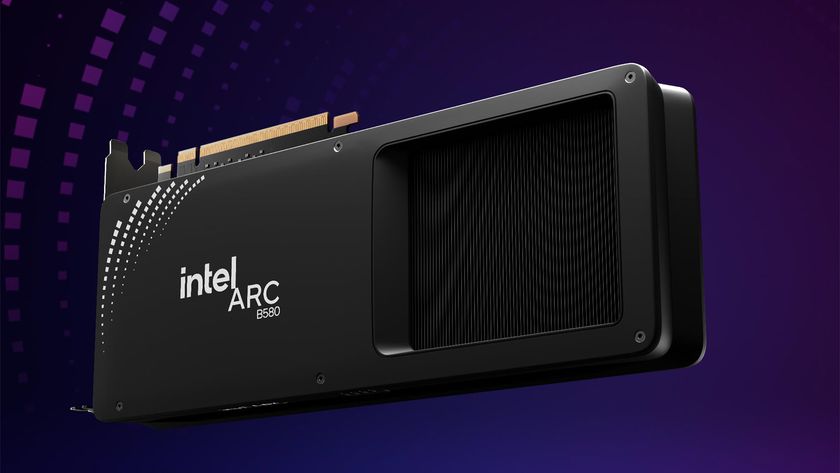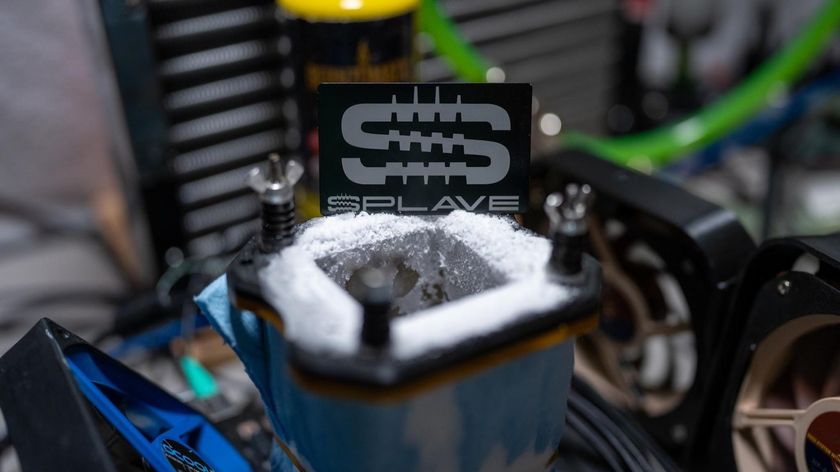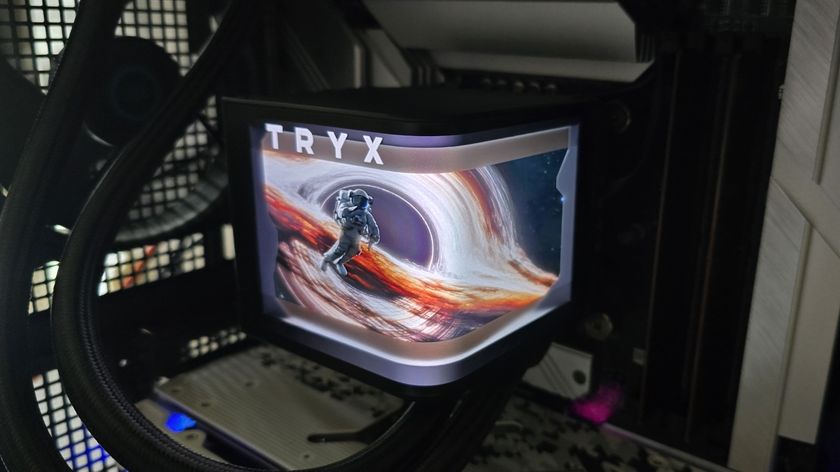Micro-Stuttering And GPU Scaling In CrossFire And SLI
We've received many emails from readers asking about the phenomenon known as micro-stuttering and what it means to multi-GPU setups in CrossFire and SLI. After running plenty of benchmarks, we're ready to weigh in on what turns out to be a real issue.
Micro-Stuttering, Multi-Card Scaling, And More!
Single GPU or multi-card setup? That's a question we face every time we start a System Builder Marathon series or evaluate the worth of a flagship GPU.
Do you want a just one high-strung racehorse or a pair, trio, or quartet of draft horses? Can a team of inexpensive cards perform the work of an pricier one and still come in at a lower cumulative cost?
Welcome to Groundhog Day. Due to recurring forum questions and direct requests by our readers, we decided that it's time to go beyond the usual performance-oriented benchmarks of CrossFire- and SLI-based systems, and shed some light on the underlying principles. Frame rates in and of themselves do not necessarily translate into a high-quality experience.
Yes, we're going to tackle the issue of micro-stuttering, which seems to keep so many sensitive eyes from investing in multiple cards running in concert. We'll also look at the scaling of two, three, and four GPUs. Where is the benefit? And at what point is actual added value really realized, or is churning out high (but ultimately useless) frame rates a self-defeating exercise? As we're sure you can imagine, at some point, the pursuit of performance can become a money pit and a power hog. At the same time, we've seen multi-card setups yield incredible value.
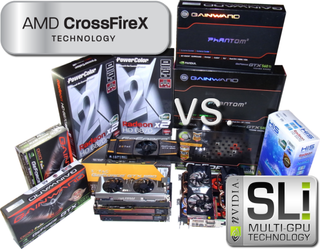
What Has Changed?
When it comes to measuring the scaling of mid-range cards, we run into a little problem. AMD and Nvidia try to limit the amount of expansion you can achieve with those less expensive boards by only exposing one bridge connector, limiting us to two-card configurations. Conversely, cards with two bridge connectors (enabling three- and four-way arrangements) are only found at the high end of the price spectrum.
For most folks, the prospect of anything beyond two high-end cards simply gets too expensive. Enter PowerColor's Radeon HD 6870 X2. It features two mid-range GPUs on a single PCB, consequently allowing us to set up and test four-way CrossFire with mid-range chips. As a result, we have the opportunity to compare a typical mid-range card like the Radeon HD 6870 (a $180 card) in a two-way setup to a single Radeon HD 6870 X2, and then add a three-way setup (Radeon HD 6870 X2 + 6870) and the four-way results.
Stay On the Cutting Edge: Get the Tom's Hardware Newsletter
Get Tom's Hardware's best news and in-depth reviews, straight to your inbox.
Additionally, we compare those three configurations to a number of current cards, right up to the GeForce GTX 590, in a comprehensive set of benchmarks. Our goal is to evaluate performance, assess the seriousness of micro-stuttering, and finally rank the cards based on raw performance and their price/performance ratios. Are we due for a surprise? Nothing can be ruled out; we invite you to read on!
Current page: Micro-Stuttering, Multi-Card Scaling, And More!
Next Page How Do CrossFire And SLI Work?-
thorkle This is a very interesting article, I have wondered about this issue myself many times in the past. I was always curious why I would see strange lag like anomalies while still achieving perfect frame rate. Bravo TomsReply -
compton Well, I'm a little surprised that three cards in Crossfire seem to eliminate visible microstuttering -- I would have guessed that triple cards would increase stuttering. But it also seems like there must be other factors at work. Unfortunately, there really isn't a good way to test for other factor -- if you even could know what to test for. In some circumstances, it seems like my monitor is causing some issues. If I play a game (lets use Fallout New Vegas for example) at a Synced 60FPS, you can look at FPS and it never deviates. It only uses 1/3 of my GPU cycles. But on one monitor, at the same resolution, it micro stutters. On another monitor, it looks perfectly fine. I thought it was some lag variance -- but then I've been told lag is always constant, that the reason lag varies in monitor testing is improper test methods. What ever the reason, it's actually really annoying. And I'm not anything approaching a competitive FPS player. Thanks for helping to track this issue down.Reply
-
iam2thecrowe so will you now change your best gpu for the money from 2 x 6850's, since they obviously suck. I already bought one 6850 thinking it would be great to crossfire later and that was the best choice according to you toms........now i will have to throw it in the bin come upgrade time and buy a better single card. Oh, and AMD/Nvidia, if you cant get dual card configs to work properly, don't offer them, your wasting our money. Please fix this microstuttering crap, im sure it would be possible with a driver tweak.Reply -
bombat1994 i think the MSI Radeon 6870 Hawk is the best graphics card on the market right now in terms of heat, power, performance and priceReply -
tmk221 in most games you can limit maximum frame rates. So maybe if you limit max FR to let say 10 to 15 above min FR then the Micro-Stuttering effect would be gone ? anyone tried this? please shareReply -
shoelessinsight What is performance like using other load-balancing methods, like the split frame rendering that SLI originally used, or ATI's Scissor mode? Are these modes still available to those that choose them?Reply
Obviously, they won't reach frame rates as high as those attained through AFR, but if the frame rate loss is small enough, those modes might still be justifiable if they eliminate micro-stuttering altogether.
I'd be curious if these alternate methods could justify the cost of an additional card through added performance without coming with the drawback of micro-stuttering. -
boletus Regarding the decreased stuttering with 3 or 4 cards: could this be a similar effect to superimposing sine waves? Two waves a half cycle apart show visible peaks and valleys, while three waves at evenly staggered cycles form a much smoother band (on a graph or a scope).Reply -
haplo602 I ma confused ... you are using 2 identical cards, so the frame rendering times as show on the metro 2033 second would be THE SAME on a single card as on a dual card configuration. the only difference is when each card starts to render right ?Reply

